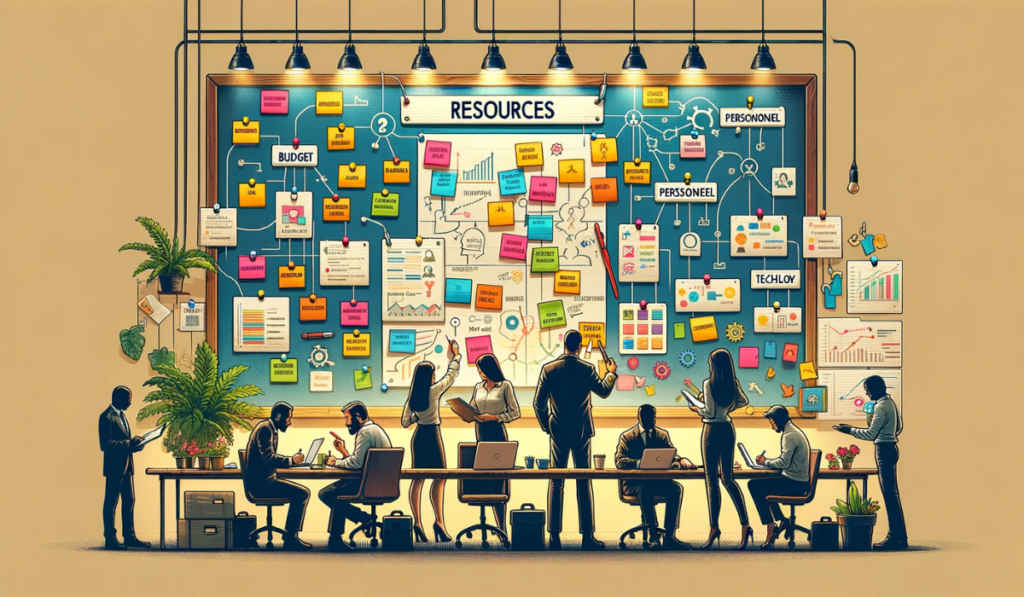In a recent insightful article from the Stanford Social Innovation Review, Kathleen Boyle and Tracy L. McFerrin emphasize the transformative potential of centering relationships in philanthropy. They advocate for fostering meaningful relationships, promoting shared learning, and developing a standard of conduct to enhance relational philanthropy.
By integrating Social Network Analysis (SNA) and leveraging tools like the PARTNER CPRM platform , philanthropists can effectively support these goals. Here’s a run down on relational philanthropy, social network analysis, and how they can support one another.
Table of Contents
What is Relational Philanthropy?
Relational philanthropy centers on building and nurturing relationships, rather than merely focusing on financial transactions. This approach recognizes that meaningful, lasting change often stems from strong, trust-based connections within communities.
By emphasizing relational dynamics, philanthropists can create more resilient and impactful initiatives that are deeply rooted in the needs and strengths of the communities they aim to serve.
Social Network Analysis: A Natural Complement
Social Network Analysis (SNA) offers a robust framework for understanding and enhancing relational dynamics in philanthropy. By mapping and analyzing networks, SNA helps identify key influencers, gaps in connectivity, and opportunities for fostering stronger, more inclusive relationships.
Here are six ways SNA can support relational philanthropy.

1. Fostering Meaningful Relationships
Boyle and McFerrin highlight the importance of cultivating relationships that transcend traditional hierarchical structures. SNA can play a crucial role here by mapping and analyzing the intricate web of connections within a community.
Example: Community Engagement in Neighborhood Revitalization
Using the PARTNER platform, a philanthropic organization can visualize the existing network of relationships among residents, local associations, and businesses involved in neighborhood revitalization.
This network map reveals key connectors and potential gaps in engagement. By identifying and involving underrepresented nodes (e.g., marginalized community members), the organization can ensure that all voices are heard, fostering a more inclusive approach.
2. Promoting Shared Learning and Continuous Improvement
Instituting practices that encourage shared learning is essential for continuous improvement. SNA helps in understanding how information flows through a network and identifying influential nodes that facilitate or hinder this flow.

Example: Juvenile Justice Reform
In the context of juvenile justice reform, PARTNER CPRM can track interactions among different stakeholders, including families, advocacy groups, and government agencies.
By analyzing the frequency and quality of these interactions, philanthropists can identify which connections are most effective in spreading innovative ideas and which require strengthening. This data-driven approach allows for targeted interventions to enhance collaboration and knowledge sharing.
3. Developing a Standard of Conduct for Philanthropy
A standard of conduct that prioritizes relational dynamics can be informed by insights derived from network measures such as trust, value, and relationship intensity.

Example: Implementing Trust Metrics
Trust is a cornerstone of relational philanthropy. The PARTNER platform measures trust and value within networks, offering a quantitative basis for evaluating the health of relationships.
For instance, in a project aimed at improving educational outcomes, trust metrics can reveal the level of confidence educators, parents, and policymakers have in each other. Addressing areas with low trust can become a priority, ensuring that the standard of conduct is rooted in fostering strong, trust-rich relationships.

Get our monthly newsletter with resources for cross-sector collaboration, VNL recommended reading, and upcoming opportunities for engaged in the “network way of working.”
4. Breaking Down Silos and Expanding Participation
Boyle and McFerrin advocate for breaking down entrenched silos and expanding participation to include a broader spectrum of the community. SNA can pinpoint existing silos and suggest ways to bridge them.

Example: Inclusive Planning Processes
During the planning phase of a health initiative, using SNA to map stakeholder relationships can highlight which groups are isolated from decision-making processes.
The PARTNER platform’s visualization tools can illustrate these gaps, prompting deliberate inclusion of diverse groups, such as grassroots organizations and community health workers, in planning and execution stages. This inclusive approach ensures that diverse perspectives inform the initiative, enhancing its relevance and impact.
5. Unlocking Shared Understanding and Mobilizing Resources
Unlocking a shared understanding of issues and strategically mobilizing resources are critical for impactful philanthropy. SNA provides the analytical framework to achieve these objectives.

Example: Resource Allocation in Disaster Relief
In disaster relief efforts, understanding the network of relationships among responders, local authorities, and affected communities is vital. By mapping these networks, the PARTNER platform can identify which nodes (organizations or individuals) are most central to resource distribution.
This insight allows for more efficient allocation of resources, ensuring they reach the most vulnerable populations swiftly and effectively.
6. Developing Partnerships and Coalitions for Sustainability
Sustainable impact requires the development of lasting partnerships and coalitions. SNA helps in identifying potential partners and evaluating the durability of existing collaborations.

Example: Building Sustainable Coalitions for Environmental Sustainability
In an environmental sustainability project, SNA can reveal the network of relationships among environmental NGOs, government agencies, and local communities.
By understanding the central nodes and the strength of their ties, philanthropists can foster partnerships that leverage each entity’s strengths and ensure long-term engagement. The PARTNER platform can track the evolution of these relationships over time, ensuring that the coalition remains cohesive, well-resourced, and resilient.
Conclusion: Building Better Philanthropic Relationships with SNA
Integrating Social Network Analysis and leveraging tools like the PARTNER CPRM platform can significantly enhance the relational aspects of philanthropy. By providing a detailed understanding of network dynamics, SNA enables philanthropists to foster meaningful relationships, promote shared learning, and develop inclusive practices.
These insights are crucial for breaking down silos, mobilizing resources strategically, and building sustainable partnerships, ultimately leading to a more impactful and resilient philanthropic sector.
See PARTNER Yourself: Request a Demo!

If you need assistance with any of these new features or want to see the platform to try it out yourself, get in touch with our team. We are happy to arrange a time to check-in or demonstrate the PARTNER CPRM platform and these twelve new features. Get started below.






